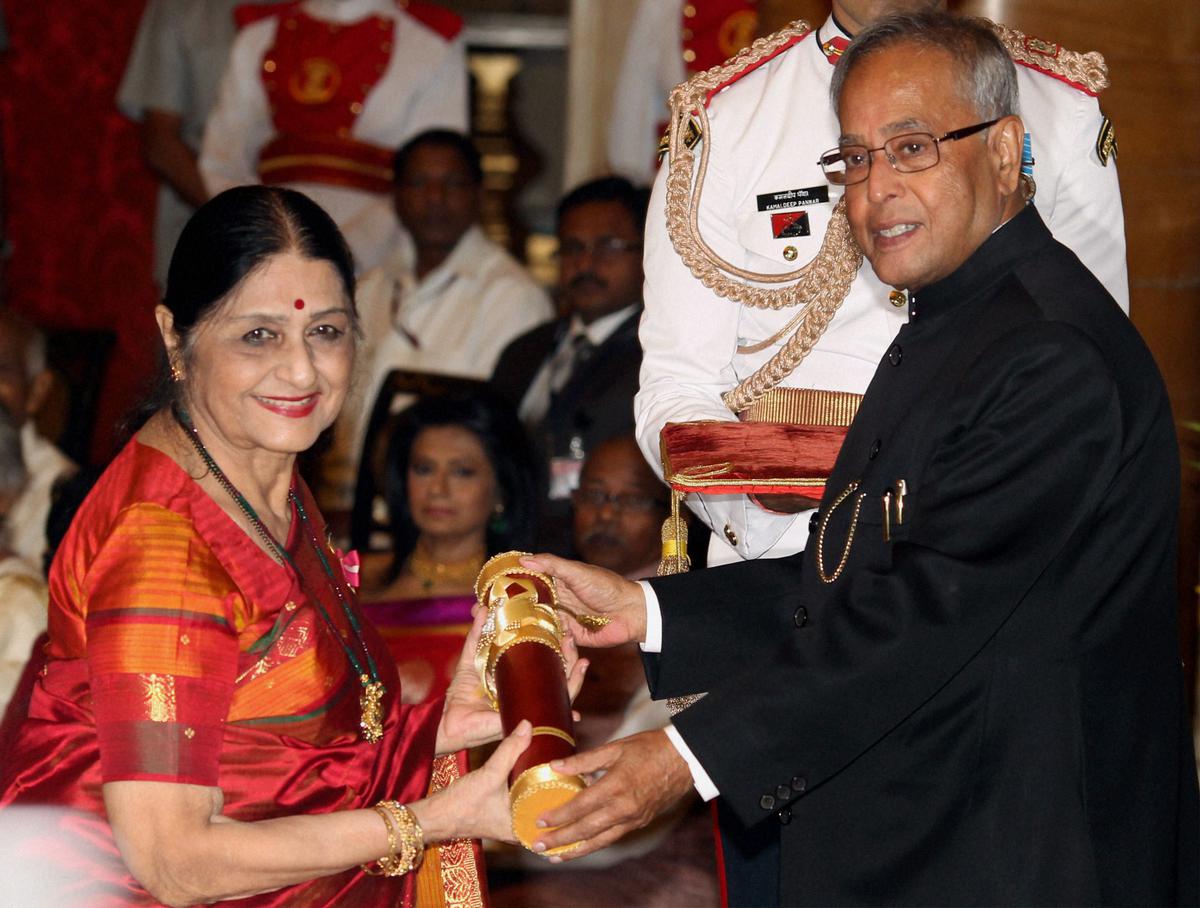Kanak Rele
| Photo Credit: Special arrangement
When I first met Dr. Kanak Rele four decades ago in Thiruvananthapuram, she was vociferously reacting to the criticism raised by several Kerala-based dancers during a symposium. She was assertive then and afterwards.
Kanak Rele, who passed away on February 22, spent her whole life fighting for a cause; re-envisioning Mohiniyattam, the rich lasya dance heritage of Kerala, which she felt was impoverished in terms of its craft and content in the seventies.
Armed with grants from the Sangeet Natak Akademy and The Ford Foundation, Kanak Rele spent lots of time in the nerve centres of Mohiniyattam in Kerala. She documented the stylistics of the then three legendary Acharyas in the field — Kunhikutty Amma, Chinnammu Amma and Kalyanikutty Amma. Of them, she was impressed most by the movement dynamics and expressions of Kunhikutty Amma. There began the uncompromising journey of Kanak Rele to redefine the chathurvidhabhinaya (four-fold concept of acting) of Mohiniyattam with the invaluable support of Hasthalakshanadeepika, The Natyasastra and Balaramabharatam.

Kanak Rele
| Photo Credit:
Special arrangement
A Gujarathi by birth, Kanak Rele was initiated into Kathakali at a tender age by renowned Kathakali guru Panchali Karunakara Panikkar. In course of time, she took a few lessons in Mohiniyattam from Kalamandalam Rajalakshmi. She had by then developed an intimacy towards these two art forms. Kanak Rele observed that while Kathakali had by then established its sway all over the world, Mohiniyattam, an exclusive domain of Kerala’s female dance heritage, remained relatively unknown outside its home State. Except for a performance culture with a handful of items that had almost lost their edge due to mindless repetition, Kanak Rele found the state of Mohiniyattam distressing and started analysing its components at the macro- and micro-levels with a scientific bend of mind. She brought in the concept of body kinetics in Mohiniyattam and boldly introduced a broad spectrum of movement vocabulary backed by the doctrines in the Natyasastra and Balaramabharata.
Kanak Rele prepared and published the full-fledged syllabi for Mohiniyattam and applied it in the Nalanda Dance Research Centre (NDRC), Mumbai, which she had set up for the preservation and promotion of this incomparable lasya tradition. The dance form thereafter gained a solid academic base that helped a new generation of dancers to explore its structure and nuances aesthetically and technically.
Her two books, Mohiniyattam, The Lyrical Dance and Bhavaniroopana are her monumental contributions to the dance form she was devoted to.

The then President Pranab Mukherjee presents the Padma Bhushan to Kanak Rele in 2013
| Photo Credit:
PTI
Kanak Rele’s association with the late Kavalam Narayana Panikkar, playwright, lyricist, theatre director and musicologist, proved instrumental in reformulating the musical structure of Mohiniyattam. The undulating gamakas have since been central to the recitals of Kanak Rele and those of her distinguished disciples such as Dr. Sunanda Nair.
Kanak Rele appointed talented artists who graduated in Kathakali and Kathakali music, vocal and instrumental, from Kerala Kalamandalam in the faculty of Mohiniyattam at the NDRC. She had always held that Carnatic classical music employed by the dancers in Kerala for their performances was seldom suited to the visual grammar of Mohiniyattam. In her repertoire, the padavarnams and padams of Swathi Thirunal and the lyrics of Kavalam enjoyed a comfortable space. Her presentations of the Balaganapathi, Mukhachalam and Jeeva were direct inspirations from Kavalam.
Last year, Sunanda Nair had arranged a get-together of Kanak Rele’s disciples, fellow dancers and scholars in Mumbai to felicitate her venerable guru. That was the time I met Kanak Rele. Despite age-related health issues, she was as sprightly as ever.
While I disagreed with some of her perceptions of Mohiniyattam from an aesthetic point of view, we often agreed to disagree without affecting our cordial relations. She once told me. “See. When it comes to performing arts in general and Mohiniyattam in particular, Kalamandalam is a bit too insular”. I couldn’t help but acknowledge her view.
Honoured with several national awards such as the Padma Shri, Padma Bhushan, Sangeet Natak Akademi Award and the Kalidas Samman, Kanak Rele, however, was not considered for any prestigious awards given to outstanding artists in Kerala.
Her passing has left a void in the field of Indian art and culture





